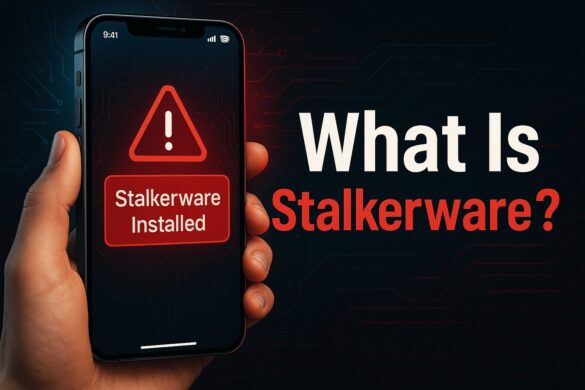NOLA Hit With Ransomware Attack
It’s Not the First Ransomware Attack on a State Government – And It Won’t Be the Last. So What Happened and How Can Other State or Local Governments Prevent the Same Fate?
Jackson County, Georgia, Pensacola, Florida, and now, New Orleans… What do all of these places have in common? They’ve all been hit with ransomware attacks over the past year or so alone. How does ransomware work? In the simplest terms, a cybercriminal or group of cybercriminals installs a file-encrypting malware on systems, then demands money in exchange for the decryption key. It’s becoming more and more common nowadays. In fact, experts claimed, ransomware cost businesses around the world over $8 billion in 2018 alone.
What Exactly Happened to Result in a State of Emergency in New Orleans?
At 5 am CST on Friday, December 13, suspicious activity was found, and 3 short hours later, that activity increased with evidence of phishing attempts and ransomware. Mayor LaToya Cantrell of New Orleans declared a state of emergency with the Civil District Court wherein computers and servers were shut down. Although ransomware has been detected, there doesn’t appear to be any requests for money. Mayor LaToya Cantrell has stated that they’re still investigating this aspect of the attack.
The Office of Homeland Security and Emergency Preparedness manages NOLA Ready, the state’s emergency preparedness campaign. They tweeted about the city’s IT department ordering all employees to disconnected from wireless networks and turn off computers and servers as a precautionary measure. For now, there doesn’t seem to be evidence of any employees interacting with or sending information to attackers, but naturally, this is still under investigation as well.
On the Bright Side, New Orleans Was Prepared to Some Degree…
City officials stated that they’ve trained their employees to be prepared for this type of event, which is evident as police, fire, and EMS are still capable of working outside of the outage. However, there are some services that have been impacted as they’re switching to manual, paper-based processes for now, including scheduling building inspections. If there’s anything to be taken away from this incident, it’s that training is critical to a successful recovery in the aftermath of ransomware.
Collin Arnold, Director of Homeland Security, expressed, “If there is a positive about being a city that has been touched by disasters and essentially brought down to zero in the past, it’s that our plans and activity from a public safety perspective reflect the fact that we can operate with internet, without city networking.”
How Can Other State and Local Governments Prevent the Same Fate?
It’s all about prevention when it comes to ransomware. State and local governments must ensure they’re taking preventative measures to prepare for any sort of cybercrime, including ransomware attacks. Here are a few tips:
- Train all city employees about the latest cybersecurity best practices, threats, and ways to detect and avoid phishing attempts, malware infections, and other dangerous forms of cybercrime.
- Keep data and applications backed up within an onsite appliance, as well as the cloud, in order to ensure information is still accessible in the event of an outage resulting in loss.
- Use enterprise-grade security solutions above and beyond a traditional firewall and anti-virus software, including intrusion detection software, web content filtering, encryption, and more.
Would You Be As Prepared as New Orleans During a Ransomware Attack?



